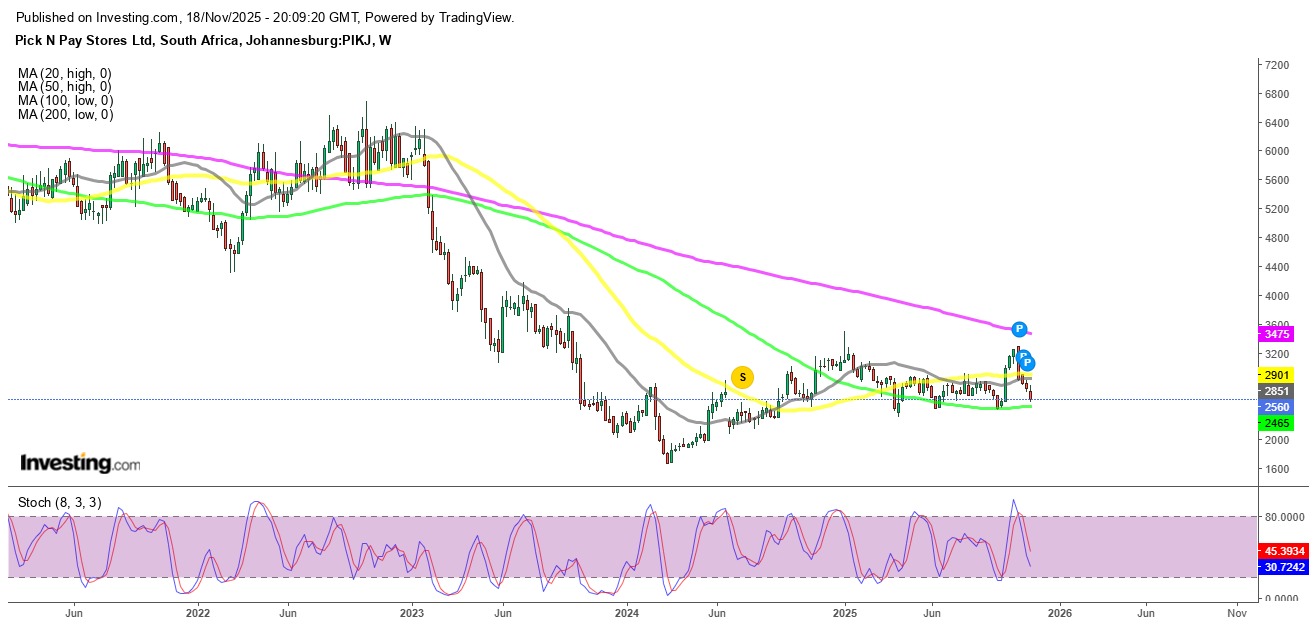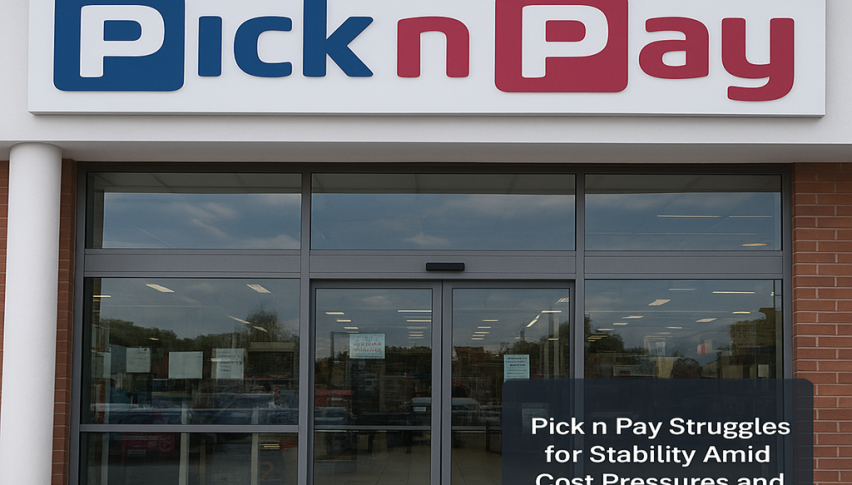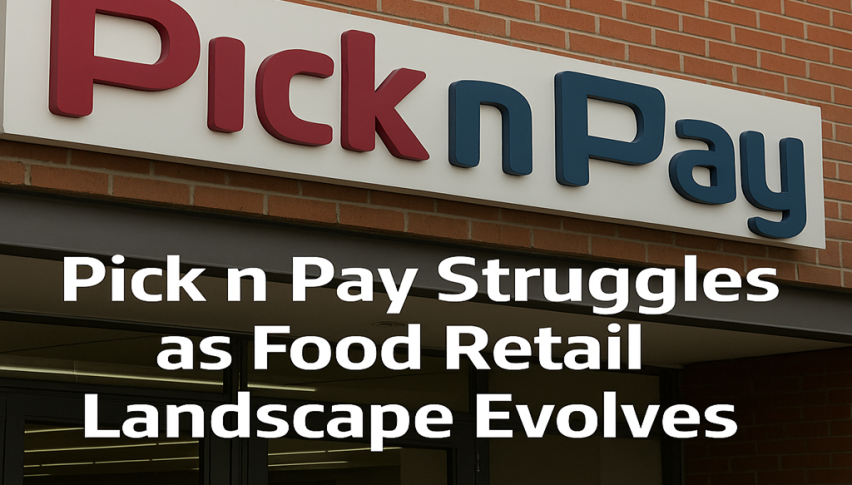Pick n Pay Shares Head to Support as It Begins A New Chapter on Ackerman Family Leaving
As the Ackerman family withdraws and the store quickens its turnaround plan, Pick n Pay is about to face a critical transformation phase...

Quick overview
- Pick n Pay's share price dropped 6% following the Ackerman family's sale of 64 million shares, marking a significant shift in ownership.
- The retailer is undergoing a turnaround strategy aimed at stabilizing the business and reducing debt, with longtime chairman Gareth Ackerman stepping down.
- Despite recent challenges, including a R3.2 billion loss for the 2024 fiscal year, there are signs of operational improvements and early benefits from recapitalization efforts.
- Boxer, Pick n Pay's discount division, continues to show strong growth, providing stability amid ongoing struggles in the core grocery division.
As the Ackerman family withdraws and the store quickens its turnaround plan, Pick n Pay is about to face a critical transformation phase, which has caused the share price to drop 6% today.
Strategic Share Placement Marks a Major Transition
Pick n Pay announced on Tuesday that the founding Ackerman family has sold approximately 64 million shares, signaling a meaningful shift in the retailer’s ownership structure. The shares — representing 8.5% of the company’s total issued ordinary stock — were placed at R25.50 each through an accelerated book-build, raising around R1.6 billion in fresh capital.
This move follows the family’s 2024 commitment to gradually relinquish control as part of a broader restructuring effort aimed at stabilizing the business, reducing debt, and restoring its competitive position. Longtime chairman Gareth Ackerman confirmed he will step down after 14 years, marking the end of an era while opening the door to new leadership.
Market Reaction: Short-Term Pressure Amid Long-Term Reset
The share placement triggered a brief pullback, with Pick n Pay’s stock slipping over 6% from R27.20 to R25.60 by the close of trading. While the decline reflects near-term investor caution, it also underscores expectations that structural reforms will take time to translate into meaningful financial gains.
PIKJ Chart Weekly – Will the 100 SMA Break This Time?
Despite recent volatility, sentiment remains anchored by the belief that a refreshed leadership approach and healthier balance sheet will help the company regain momentum.
PIKJ Chart Monthly – The 20 SMA Keeping the Lid On
Long-Term Performance: Resetting After Years of Decline
Pick n Pay’s longer-term trajectory has been challenging. Since peaking near 8,300 ZAC in 2018, the share price endured an extended downturn, falling nearly 80% and bottoming at 1,855 ZAC in 2022. A rebound in 2024 offered temporary relief, but weaker earnings dragged the stock lower once again.
The company’s financial pressures culminated in a R3.2 billion loss for the 2024 fiscal year — setting the stage for the strategic overhaul now underway.
Latest Results: Progress Emerging Despite Ongoing Challenges
The retailer’s interim results for the 26 weeks ended 31 August 2025 reaffirmed that momentum is beginning to shift, even as the group remains in the red. Nearly 60 store closures weighed on turnover, but management highlighted operational improvements and early benefits from recapitalisation initiatives.
CEO Sean Summers noted that while the turnaround will take time, the company is moving decisively in the right direction. He acknowledged that another year of pressure lies ahead, but emphasized that the foundations for recovery are steadily strengthening.
Boxer Remains the Bright Spot
A key driver of stability continues to be Boxer, Pick n Pay’s fast-growing discount division. Boxer — now separately listed but still majority-owned by the group — has delivered robust growth and resilient margins, helping to counterbalance softness in Pick n Pay’s traditional grocery operations.
The brand’s rapid expansion and strong customer retention remain central pillars of the group’s medium-term strategy.
Core Division Challenges Still in Focus
Despite encouraging developments, Pick n Pay conceded that its core grocery division is still not profitable at the trading level. High operating costs, intense price competition, and structural inefficiencies continue to weigh on performance.
However, management remains confident that ongoing efforts — including store optimization, improved pricing architecture, and operational streamlining — will gradually bring the core business back toward profitability.
Overall Outlook: A Positive Turning Point for a Rebuilding Retailer
Pick n Pay is navigating a demanding transition, but signs of resilience and strategic clarity are emerging. The Ackerman family’s partial exit, fresh capital infusion, strengthening balance sheet, and Boxer’s steady growth together represent meaningful steps toward long-term renewal.
With disciplined execution and market conditions slowly improving, the retailer is now better positioned to restore stability, regain competitiveness, and build a more sustainable growth trajectory over the coming years.
- Check out our free forex signals
- Follow the top economic events on FX Leaders economic calendar
- Trade better, discover more Forex Trading Strategies
- Open a FREE Trading Account




